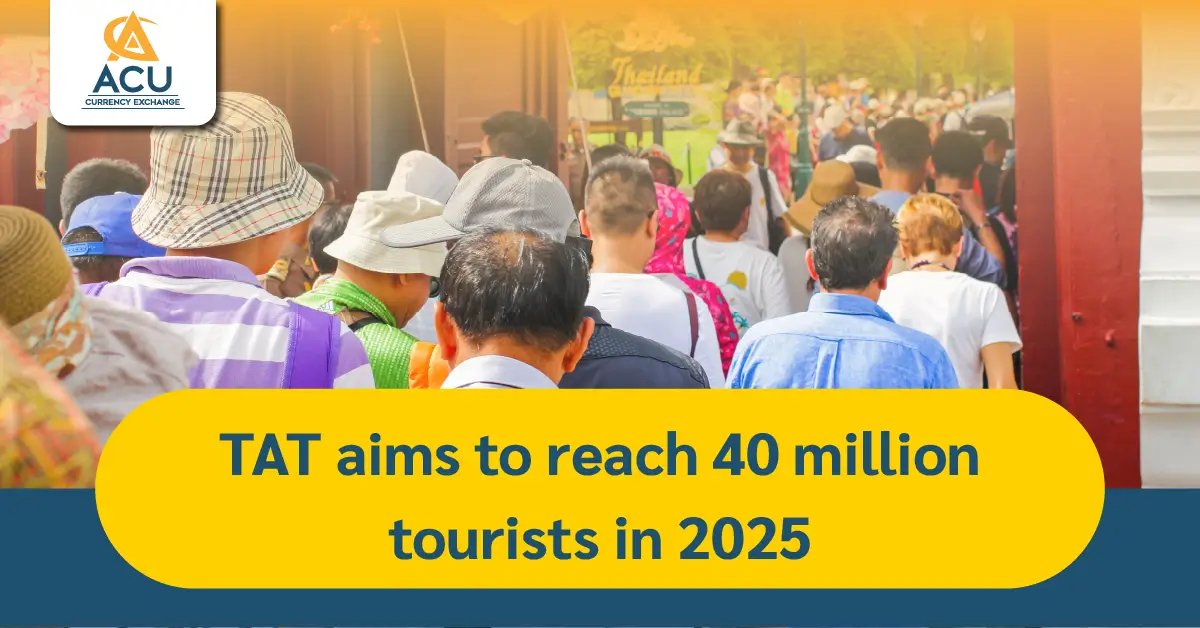Let’s explore 5 Castle Civilizations in Asia

Content
Angkor Wat (Cambodia):
Angkor Wat is one of the largest and most beautiful castles in the world, built in the 12th century by King Suryavarman II as a shrine dedicated to the god king. It has a unique Khmer architecture with fine sandstone carving techniques, describing the religion, Buddhism, and everyday life of the Khmer people. Angkor Wat is not only a symbol of the prosperous Khmer civilization, but also a UNESCO-recognized world heritage.
Himeji Castle (Japan):
Himeji Castle, also known as “White Heron Castle” due to its pure white color and elegant structure, is one of the oldest and most intact wooden castles in Japan. It was built in the 14th century with traditional Japanese castle architecture that emphasizes strength and beauty. Himeji Castle has undergone many wars, but it still retains its original condition well.
Potala Palace (Tibet):
Potala Palace is located on a high mountain peak in Lhasa. It has been a religious and administrative center of Tibet for a long time. The palace was built in the 7th century with Tibetan-style architecture that combines Chinese and Indian influences. Potala Palace is the home of the Dalai Lama and is a repository of many Buddhist Tripitaka and sacred objects.
Potrates Castle (India):
Located in Rajasthan, India, Potrates Castle is one of the largest and most beautiful sandstone castles in the world. Built-in the 16th century, it features Islamic-inspired Rajput architecture. Potrates Castle is distinguished by its delicate and elaborate carving, narrating stories from Indian legends and mythologies.
Prambanan (Indonesia):
Prambanan is located on Java Island, Indonesia. It is Indonesia’s largest Hindu and Buddhist stone castle. Built in the 9th century with ancient Javanese architecture influenced by Indian art. Prambanan is a symbol of Indonesia’s religious and cultural diversity.
The 5 castles mentioned above are only part of Asia’s great cultural heritage. Each has a different story and history, but one thing in common is that they all reflect the artistic and engineering abilities of their ancestors as well as the beliefs and lifestyles of people in the past. The study and preservation of these castles are therefore essential to maintaining the identity and cultural heritage of mankind.
Those interested in exchanging good-rated foreign currencies in Huai Kwang can come to exchange money easily with the ACU Currency Exchange. Simply visit Huai Khwang MRT Exit 4 and walk 500 meters straight to ACU Building Headquarters.
Those interested in exchanging good-rated foreign currencies in Huai Kwang can come to exchange money easily with the ACU Currency Exchange. Simply visit Huai Khwang MRT Exit 4 and walk 500 meters straight to ACU Building Headquarters.
Exchange rates can be checked by
business day and time at https://acu-exchange.com/
or online booked at Line OA: https://lin.ee/ph4iznU
Open Every Monday – Friday from 10:00 a.m. to 5:00 p.m.
Address: 205/18 – 19 Ratchadaphisek Road, Ratchadaphisek Subdistrict, Din Daeng District, Bangkok 10400.
Tel: 02-0021008, 061-0283918, 084-3244893
About the Author

ACU-Exchange
We are committed to providing the best foreign currency exchange experience and customer satisfaction to meet the needs of Thais who want to travel abroad and foreigners who come to continue their studies or work in Thailand.



